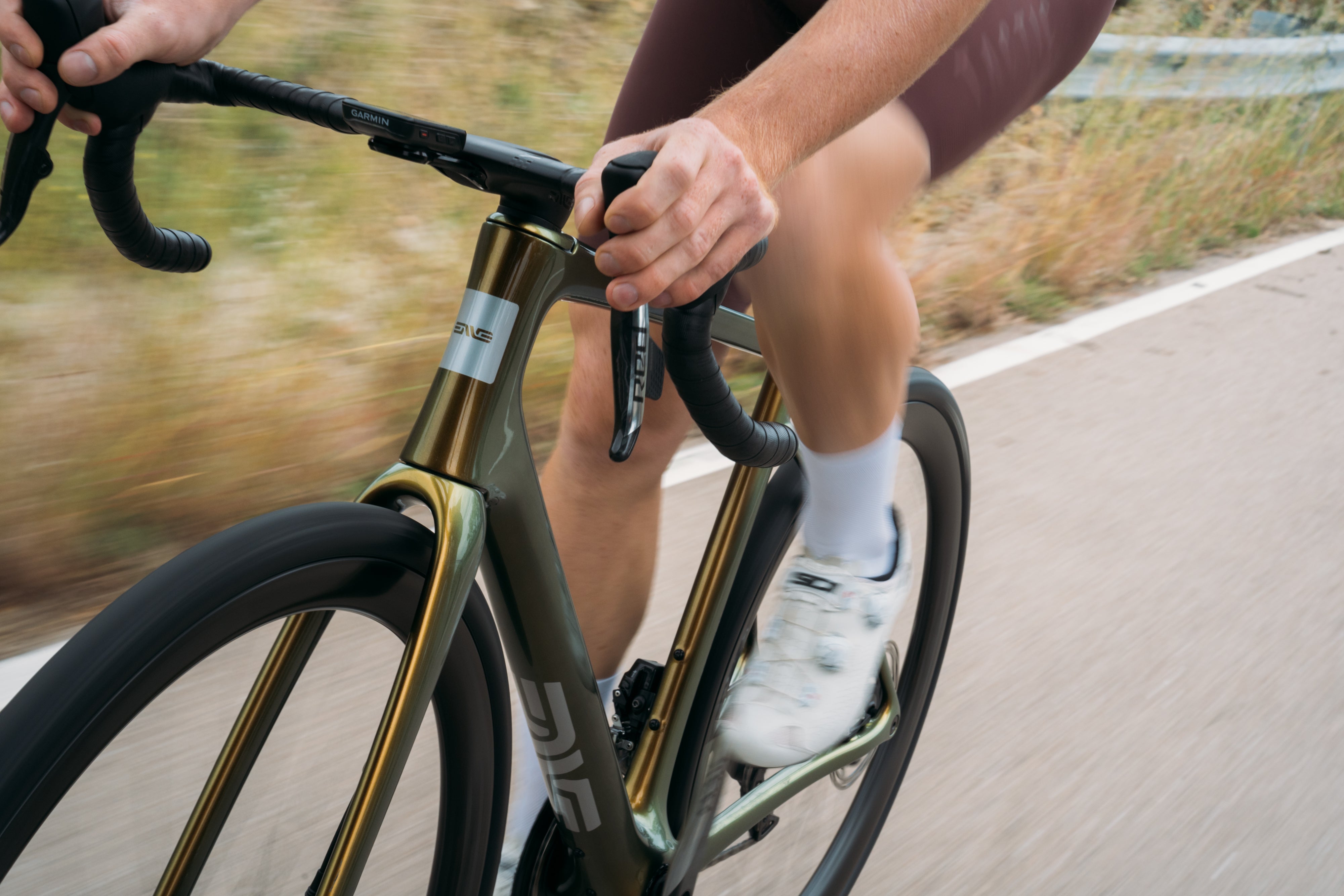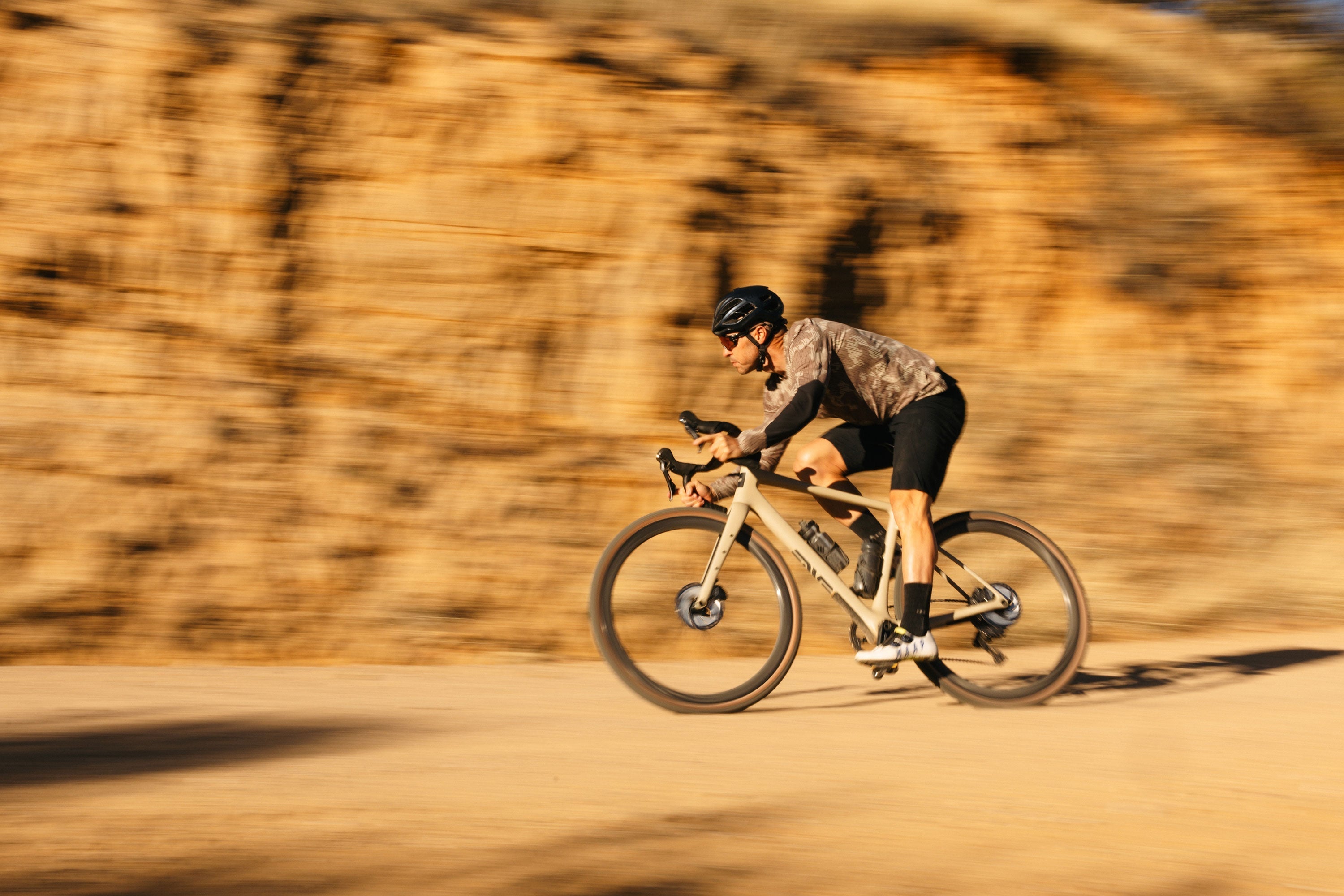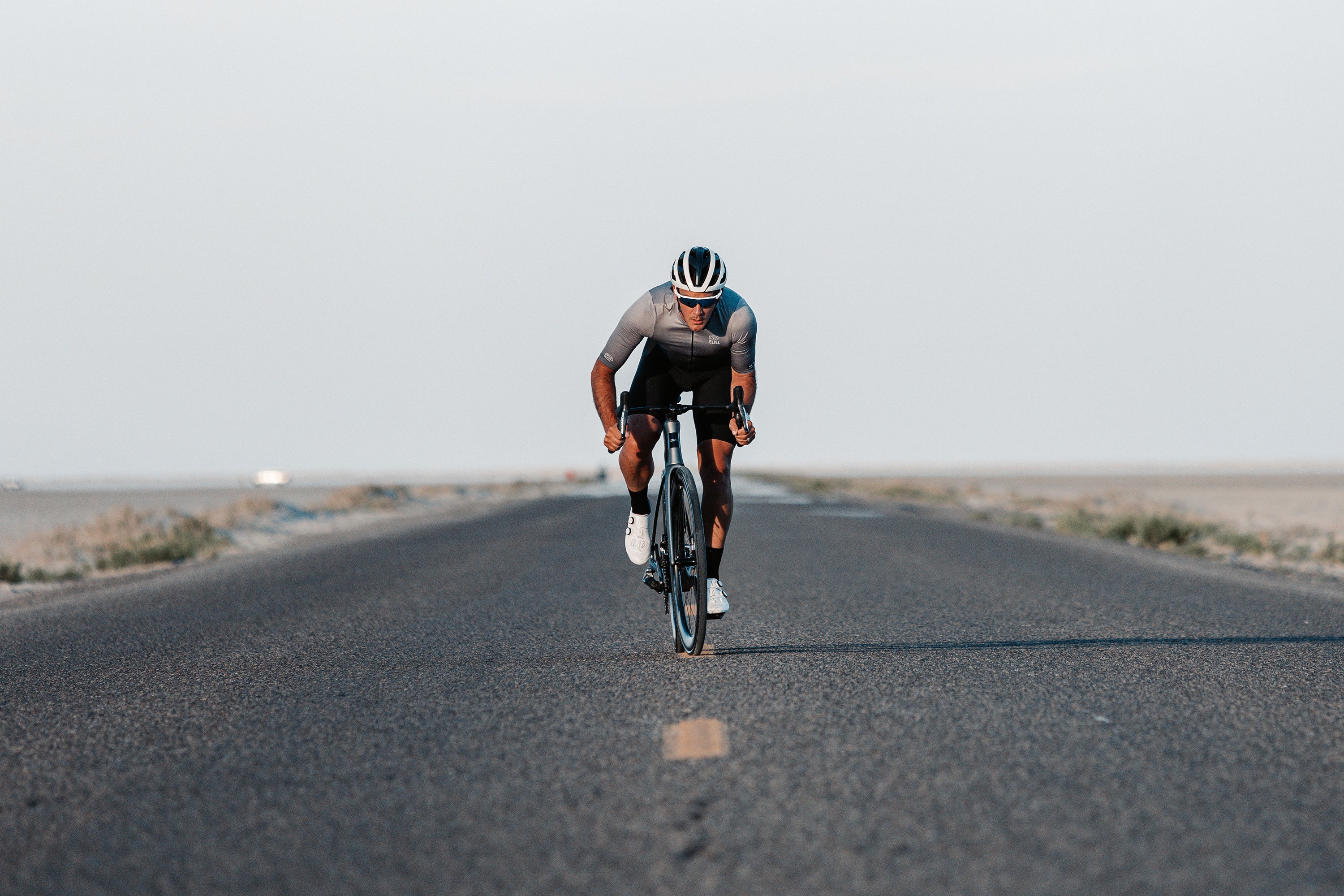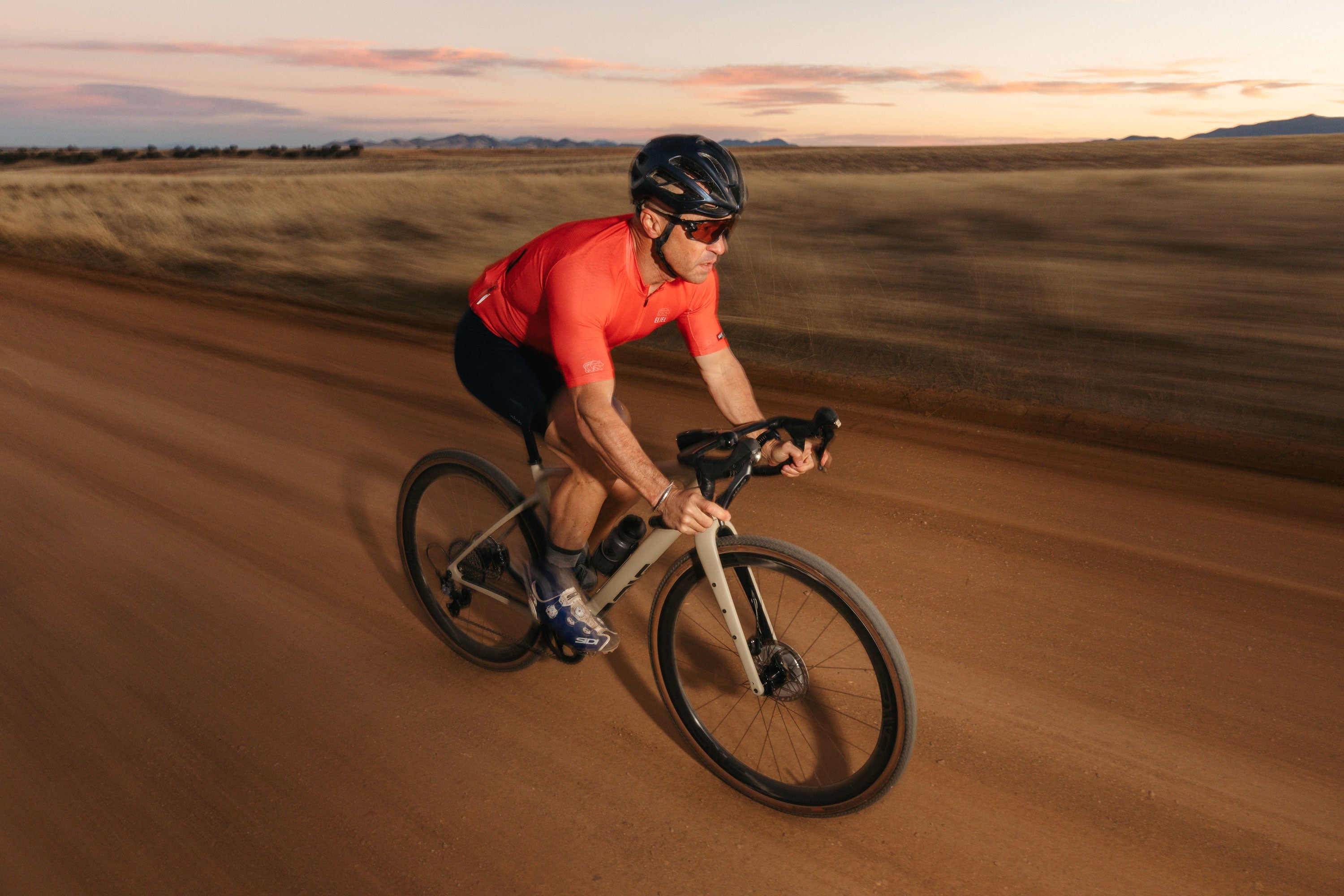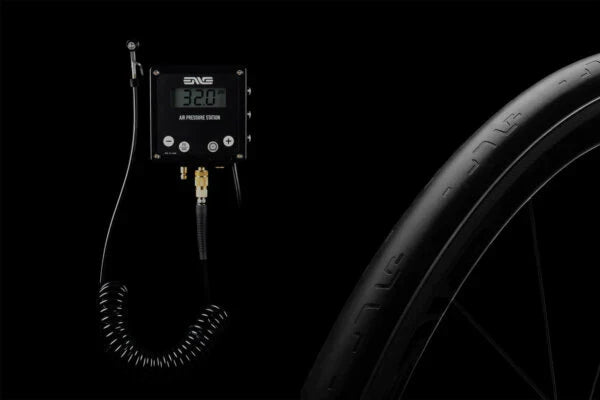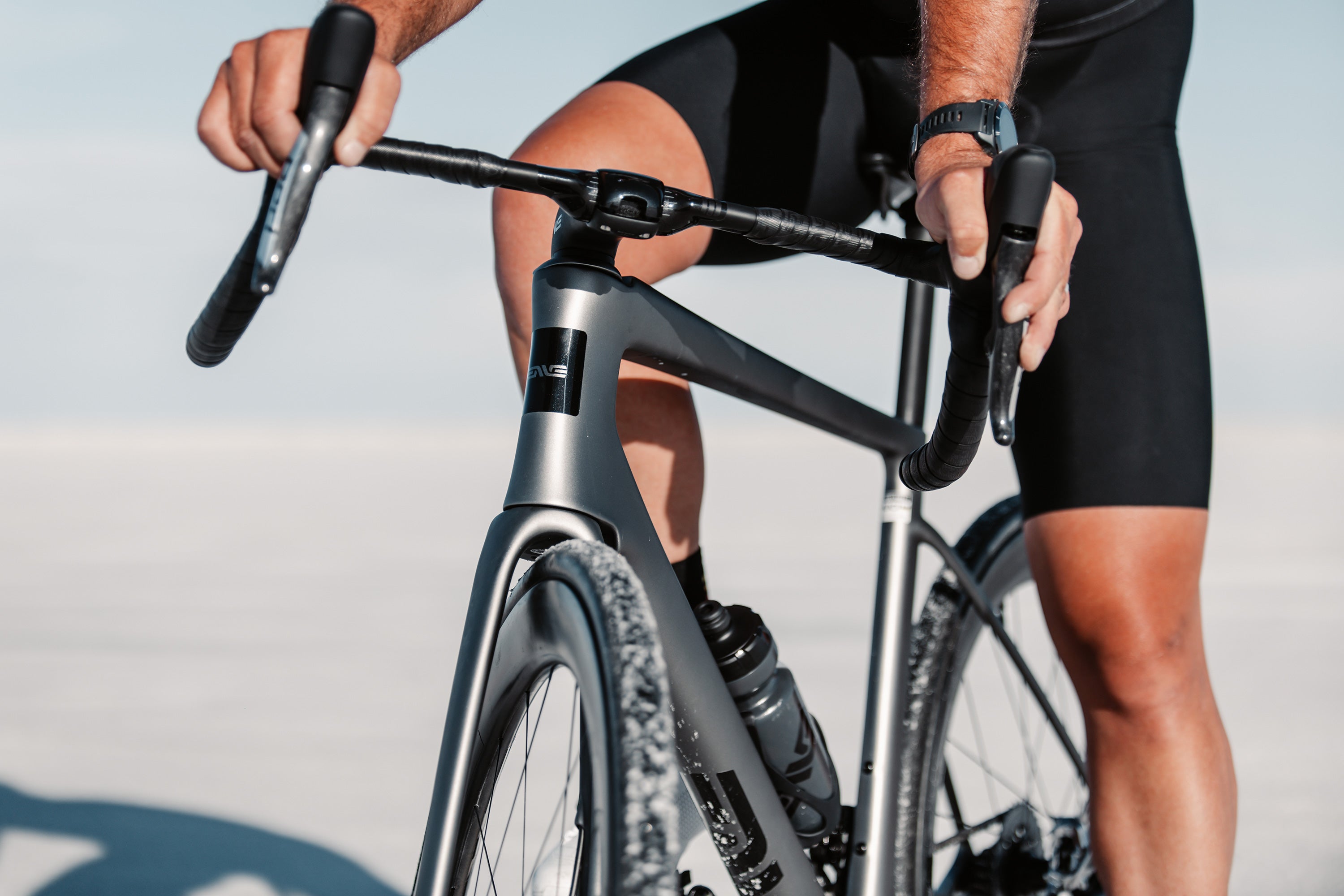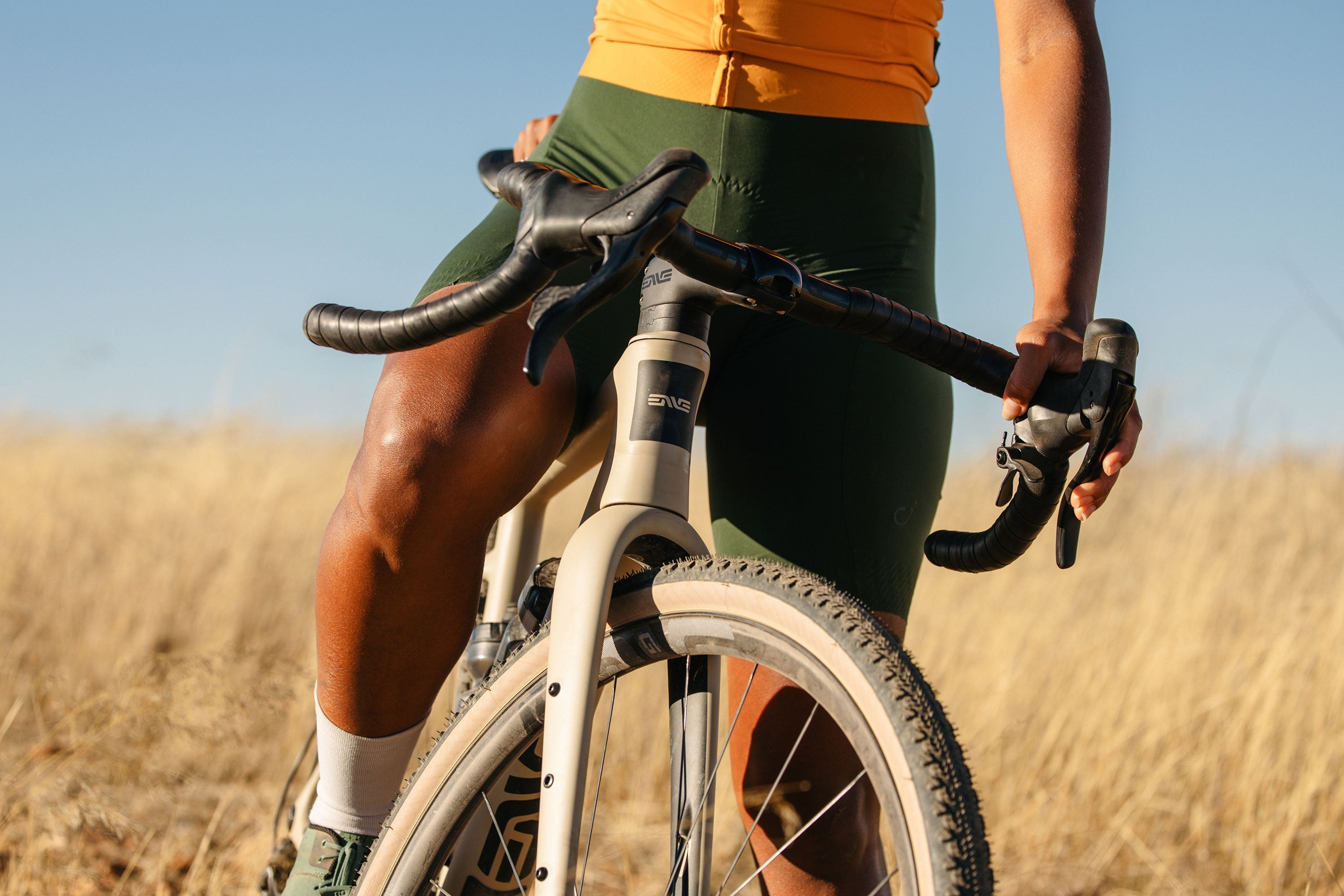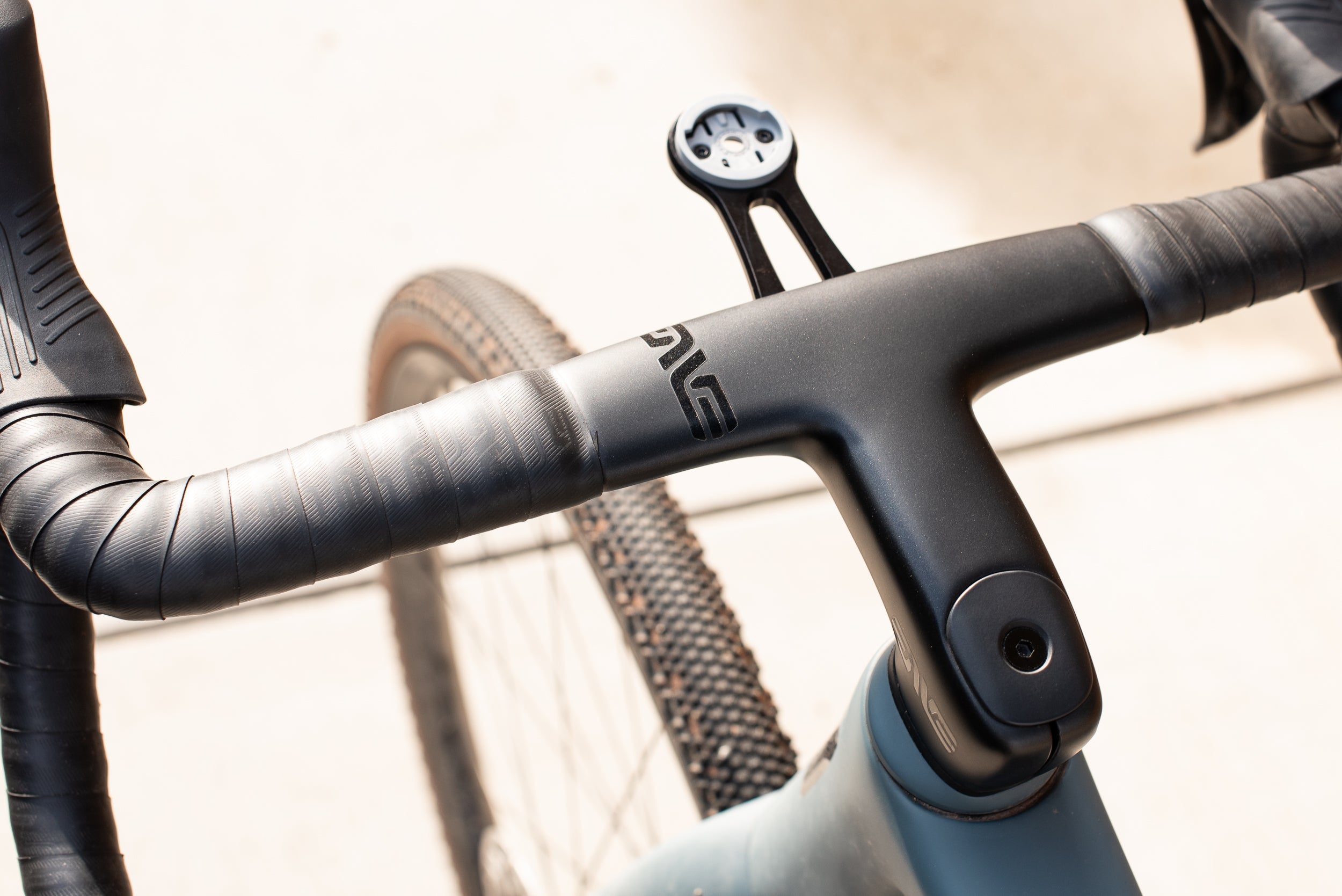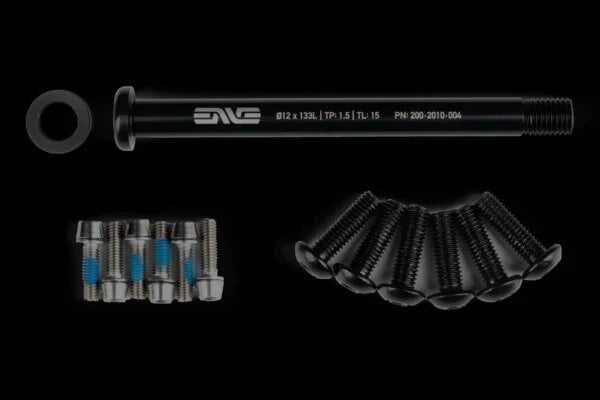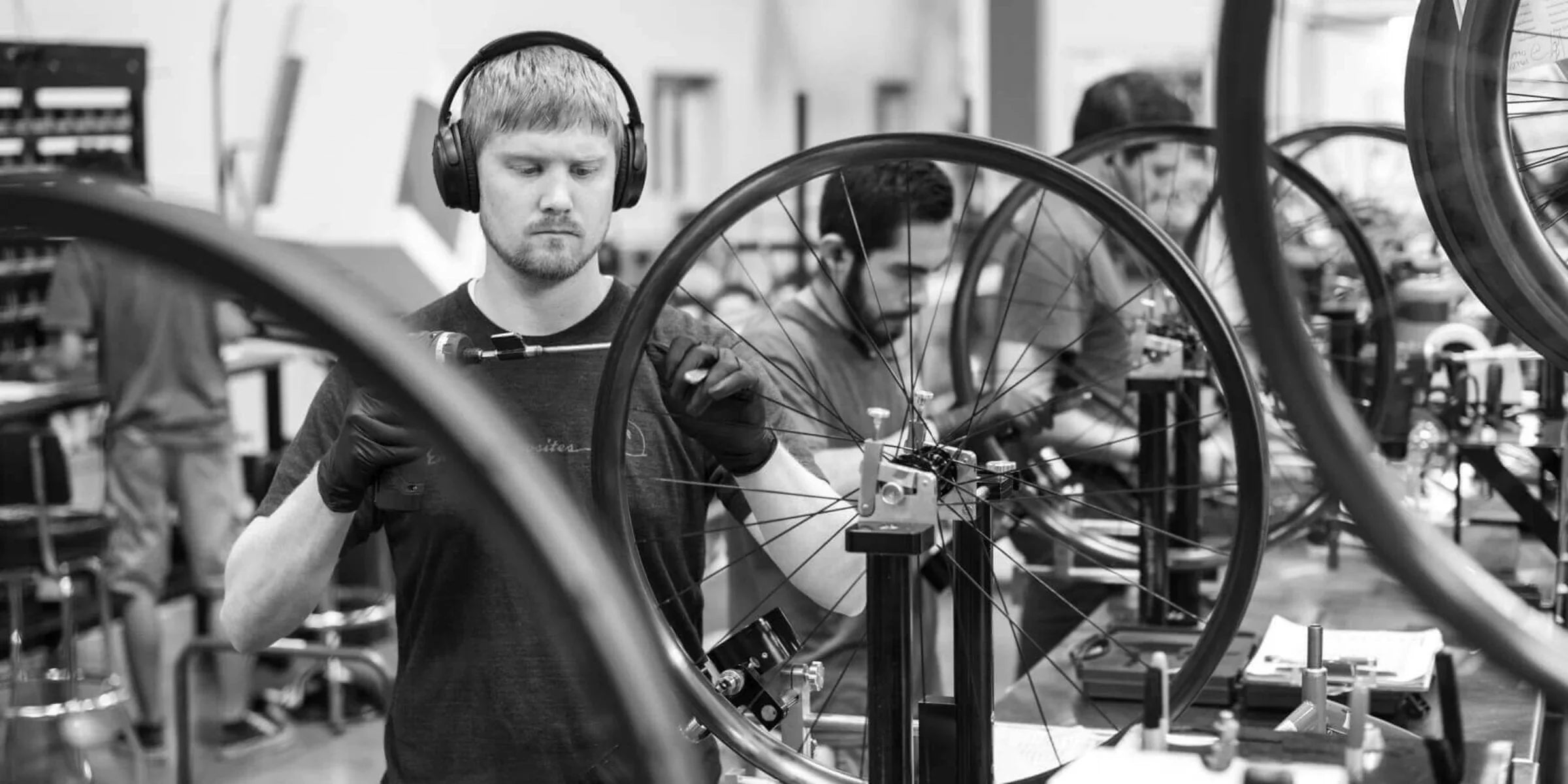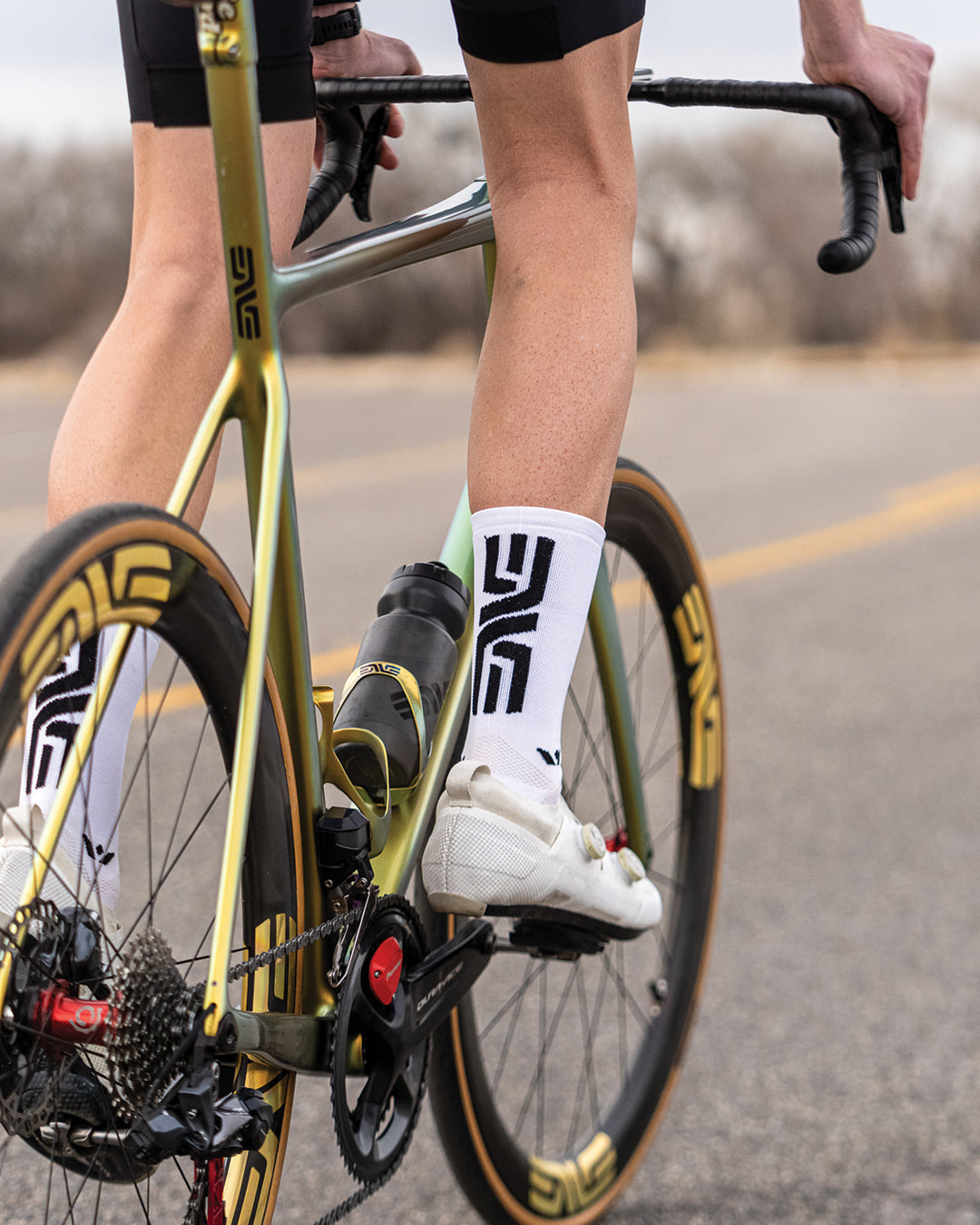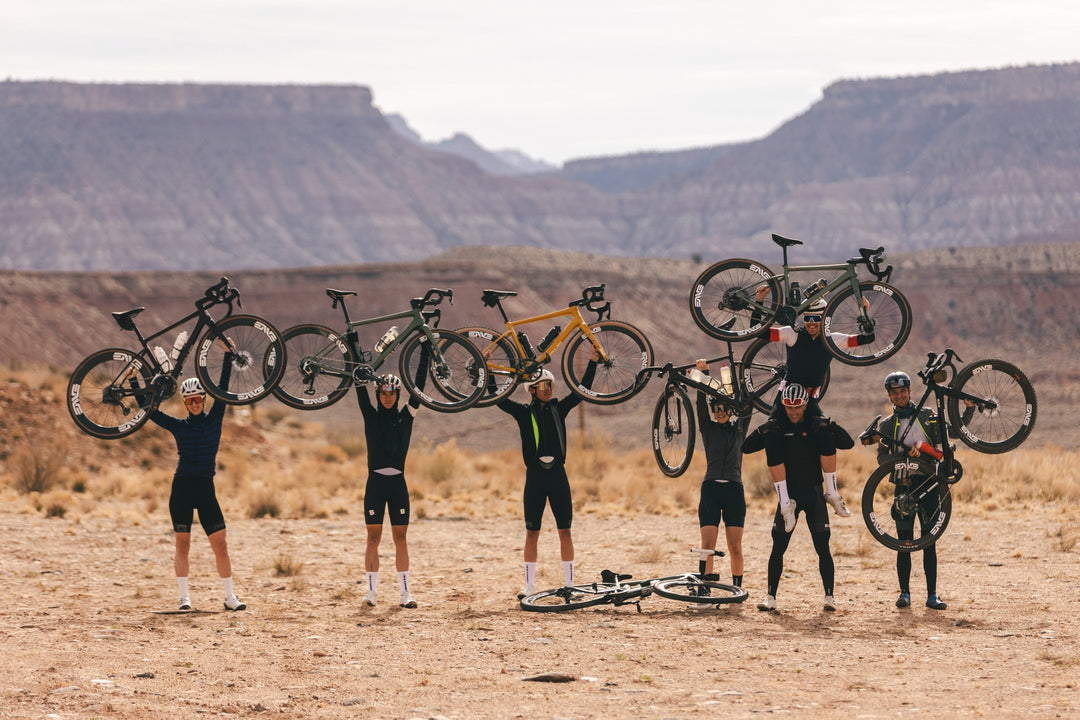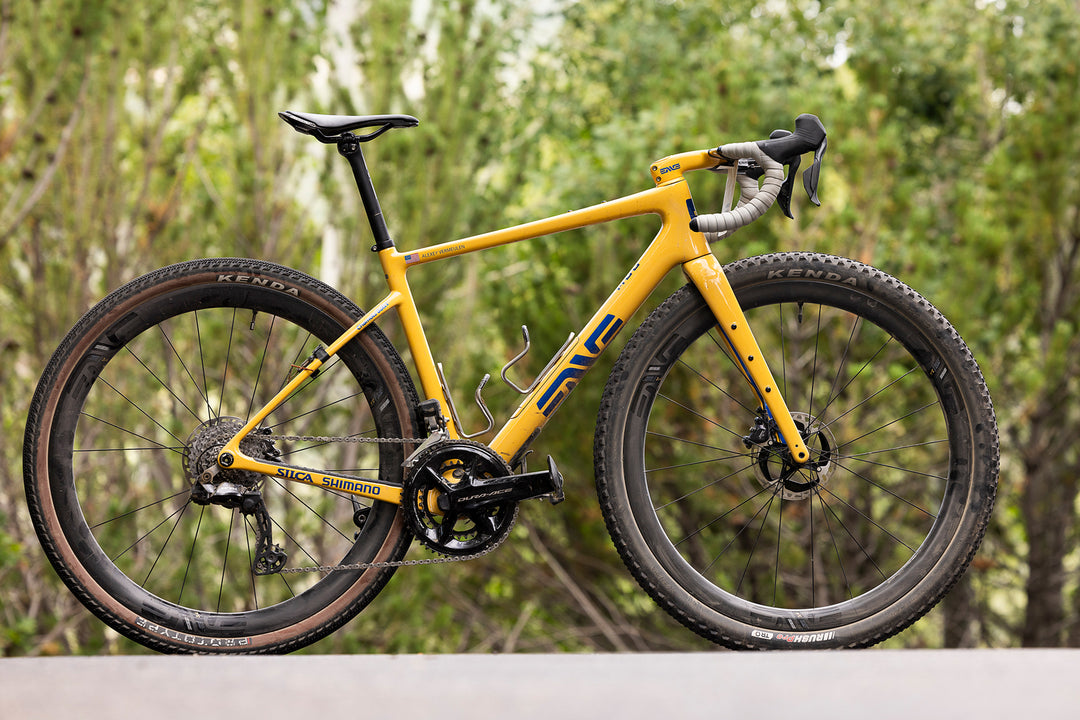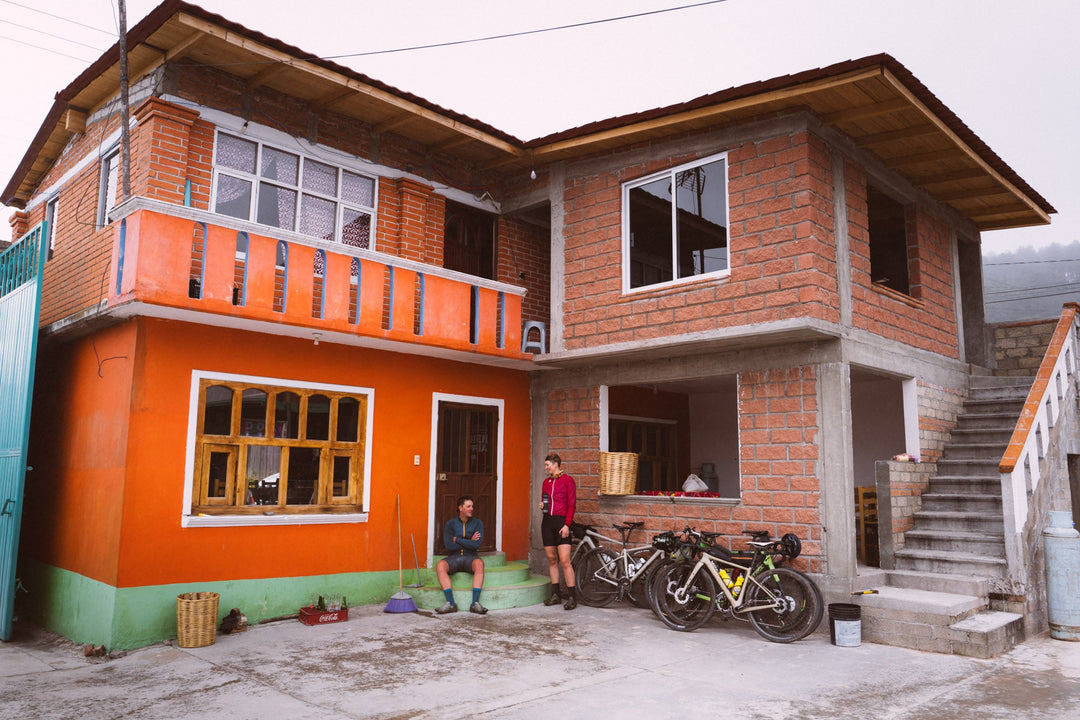Unbound Gravel uncertainty? Tips and Tricks for UNBOUND From Race Veterans
UNBOUND Gravel has a way of testing you unlike any other event we’ve been a part of. There’s no shortage of wisdom available on how to prepare and what essentials to bring with you, but we decided a little more instruction from those who have earned their stripes in the Flint Hills wouldn’t hurt in the least. Former UNBOUND winners Colin Strickland and Yuri Hauswald, in addition to Emporia’s own local Kristi Mohn and 5x finisher Neil Shirley share their insight.



IF THERE’S ONE PIECE OF ADVICE YOU WISH SOMEONE WOULD HAVE SHARED WITH YOU PRIOR TO YOUR FIRST UNBOUND, WHAT WOULD IT BE?
Colin: There haven’t been any big surprises for me out there; it’s hard, but that was in no way a surprise. The best piece of advice I can think of is to bring sunscreen because it’s a long day out there under the sun, and that can toast you. I was used to riding in the sun, and I was still burned.
Kristi: I think I had the advantage of all the advice, so I will share the two biggest tips. Every second counts – use your time in checkpoints wisely, recover and eat on the bike (use those downhills/flats or when you may have to walk). And remember to look up and enjoy the amazingness of the Flint Hills.
Yuri: Pack a mud stick! The prairie peanut butter mud is real, so having a painter’s stick to help clean your wheels/tires/etc. is crucial to keep you rolling and your hands from becoming a muddy mess.
Neil: Not to get too caught up in the race element and make sure to enjoy the experience. The start is hectic, but after the first 50 miles things relax and it’s such a great time to remember how fortunate we are to literally get to spend the entire day riding bikes. That’s a cool thing. Also, make sure you know how to use the navigation on your cycling computer since the course is not marked. The day of the race isn’t the time to learn how to use the navigation features.

KANSAS IS FLAT, RIGHT?
Colin: Kansas is rolling. I’d say it’s punchy for a lot of the course, and even when it is flat, that seems equally as hard. The wind can make you feel like you’re going a lot slower than you should be, and that can be hard to wrap your mind around.
Kristi: There are some sections that are flat, but really, this race is death by a thousand paper cuts. One hill after another.
Yuri: I was definitely under that misperception before I did my first Unbound in 2013, and Boy Howdy was I in for a rude awakening. The Flint Hills are rolling, lumpy/punchy climbs if you will, but those rollers take a serious toll after 200 miles and can add up to well over 9k of total ascent when it’s all said and done. I’ve often equated it to a twelve round boxing match where you’re taking jabs/kidney punches, that doesn’t feel like much for the first eleven rounds, but by the twelfth, you’ve got internal bleeding and are begging for it to end.
Neil: There will be times when you’re in the Flint Hills and you’re looking out as far as you can see and all there are is roller after roller. It’s kind of a nice rhythm change going from flat to climbing to descending. Coming from the West Coast I’d just always heard Kansas was flat, but I assure, that’s not the case.



There seems to be two schools of thought on how much to carry with you. Some opt to bring the kitchen sink, while others go with an unsettling level of simplicity. What do you carry?
Colin: I’ll have a 2 liter hydration pack in addition to two bottles on the bike for hydration. I like using a top tube bag that sits behind the stem to store 5-10 gels so they are easily accessed. For tools, I’ll bring a small pump, two Co2 cartridges (16g), a tube, Dynaplug kit, multi-tool with a chain breaker and extra link. I’ll be sure to have fresh Orange Seal in the tires.
Kristi: I keep it simple and trust the years of riding out here. A couple of tubes, patch kit, tire plugs, chain link, multi-tool, tire boot, 3 Co2 cartridges, hand pump, and my nutrition. I do have a second set of all of that at the checkpoints so I can swap out if I need to.
Yuri: I’m a tweener when it comes to these two schools of thought-definitely not a minimalist, but also not carrying the kitchen sink. So, what’s in my CamelBak Chase Bike Vest? Besides the 50 oz of water, I always carry the following repair items: two tubes, two Co2s, a hand pump, a quick link, a tire boot (know that a spent GU gel wrapper can work in a pinch), a mini-bottle of lube, a paint “mud” stick, a multi-tool, Dyna Plugs, and a tire lever.
Neil: My first year of UNBOUND I rode in a skinsuit and three water bottles – ready to get through the day on fitness alone. That didn’t go so well. Since then I’ve realized that the ultimate goal is to finish, so being prepared with the basics to make that happen is important. For me, that’s a couple of Co2 cartridges, Lezyne mini pump, super glue (rather than tire plugs), Lezyne multi-tool with chain tool and spare link. It’s not too much, but just enough to get out of a jam.

Do you have any nutritional advice for those that haven’t spent double digit hours in the saddle before?
Colin: I would advise to weigh heavily on solid food for the first five hours before you start on the gels and quick burn stuff. It’s good to vary your palette so you can have some food that doesn’t make you want to barf. You might not be in the mood for sweet one moment and then something salty the next, so it’s good to have options.
Kristi: You better practice.
Yuri: While everyone’s digestive system is different, and what may work for me nutritionally, may not work for you, I do think there are some pretty standard nutritional guidelines to follow that will help you get through. I like to call this nutrition plan the “Sip, sip, nibble nibble”…meaning that you need to always have little bits of hydration/food going into your system the whole time you’re out there. In terms of calories per hour, riders should shoot for anywhere between 200 to 300 calories per hour, and be sure to vary the form factors-liquid, solid, gel. For me, I get my calories in the form of GU Energy Labs Roctane Energy Drink mix, which has 250 calories per bottle, as well as a mix of GU Roctane gels (100 calories), and GU’s Chews (25 calories per piece). I’ve trained my gut to use these products/form factors, and it’s what has helped fuel thousands of miles in the Flint Hills. I strongly recommend training with what you’re going to race with so that you can find out what flavors/form factors work best for your system. Also, it’s a good idea to have a variety of flavors of products to choose from as your palette/tastes will change throughout the day. One last tip: Be sure to have some comfort, or motivational, food in your pit. Whether it’s bits of PB&J, salami, candy bar, Coke, pizza, etc., having some real food at times can help save you when your gut gets tired of sports nutrition.
Neil: I’m always amazed what happens to you after 8 hours and the foods you thought would be the fuel you needed for the day are no longer palatable. Taking in liquid calories for electrolytes is definitely key, as is eating solid foods whenever possible. I’m a big fan of First Endurance EFS and will mix that to get in 150 calories per hour. I’ll supplement the EFS with homemade granola bars for another 100-150 calories per hour. From there, I can adjust depending on how I’m feeling and if I am craving something different. I always make sure there is a wide range of food available at the checkpoints to ensure I have anything I might want.




What’s been the hardest part for you in the past, and how did you get through it?
Colin: Wherever the headwind section is. And it’s guaranteed to be there, whether it’s early in the day or late. That’s the most brutal mentally and physically. I recommend studying the weather pattern to see what’s predicted. That was key to me winning in 2019, knowing that if I got through mile 100-150 of headwind, I would be turning into a tailwind for the final 50. I knew the suffering would be finite.
Kristi: I was lucky enough to not really have a hard part, but it may very well be because it really felt special and an honor to get to ride it. It was an amazing day in the saddle.
Yuri: My Achilles heel when it comes to the Flint Hills is the heat and humidity that can hit you like a furnace blast. To mitigate the crippling effects it can have on me personally, I try to do the following: 1) Hydrate the week leading into Unbound; 2) Wear white/reflective sun sleeves to keep the sun off my arms; 3) Have ice socks (pantyhose filled with ice) at my pit so that I can drape them around my neck,or shove them in my sun sleeves to help cool my core temp; 4) The inaugural year of the DKXL in 2018 was excruciatingly hot, so I wore a hydration base layer from CamelBak but froze the bladder so I had a 50 oz block of ice on my bike for the first few hours of the race. This saved me and got me through the hottest part of the day and allowed me to finish second; 5) Pour little bits of water over your head, or on your sun sleeves, which will help keep your body/core temp lower.
Neil: Overcoming setbacks and not having the ability to perform up to the ability you expect from yourself. I had to overcome mechanical mishaps my first couple of years and that was hard knowing how much preparation went into the day. Ultimately, being mentally prepared to roll with the punches and staying committed to getting through the day regardless of what’s thrown at you is something you’ll reflect back on with a lot of pride. It can be easy to give up if you have an issue, especially if you have a specific performance goal, but that’s not at all what the spirit of the event and gravel riding in general is about.


Is there a perfect tire size for UNBOUND?
Colin: I’d say 42mm is about right out there. It’s not the place to look for weight savings in your tires.
Kristi: 38. Boom.
Yuri: Having returned to the Flint Hills for the past eight years, and having experienced countless flat tires and torn sidewalls in that time, I can, honestly say, that there is no perfect size, or silver bullet, when it comes to tires. That said, I do think that you don’t want to run anything less than a 40mm (although the year I won it I was on 38s) and that you should seek out tires that have really good sidewall protection, even if they’re heavier. You’ll forget about that extra weight when you roll across the finish line, fingers crossed, without having suffered any flats or tire issues.
Neil: 40mm seems like the magic number to me. It has enough volume to deliver the comfort and impact protection, notably when using ENVE wheels with the Wide Hookless Bead rim technology. Tires are definitely not the place to look for weight savings at an event like UNBOUND considering how sharp the flint rocks are out on course.



What’s the difference between racing vs riding in terms of what you bring or how you set up the bike?
Colin: If you’re going to be out there for 17+ hours you have to think about riding in the dark and having a good front light is going to be key so you can keep going safely. That and lots of tire plugs.
Kristi: If I’m riding, I’m more likely to do the kitchen sink approach and make sure I have a little bit of everything.
Yuri: Personally, there’s no difference for me. In my opinion, there’s no need to skimp on all the necessary tools/food/gear items that will get you through the Flint Hills. No matter how you approach UNBOUND, you’re guaranteed to have a tough day out there. The gear I carried for the year I won is the same as what I’ll carry for 2021.
Neil: What Colin experiences when he goes sub-10 hours compared to what the bottom half of the finishers do is almost two entirely different events. For someone anticipating a 16 or 17+ hour day, having a powerful headlight, a change of clothes at the last checkpoint in case it’s a muddy year, and a hydration pack that is 2-3 liters to ensure you have enough fluids between checkpoints is important.





